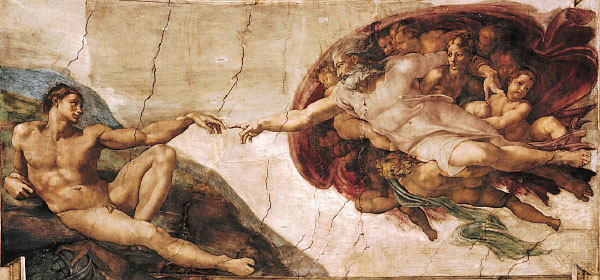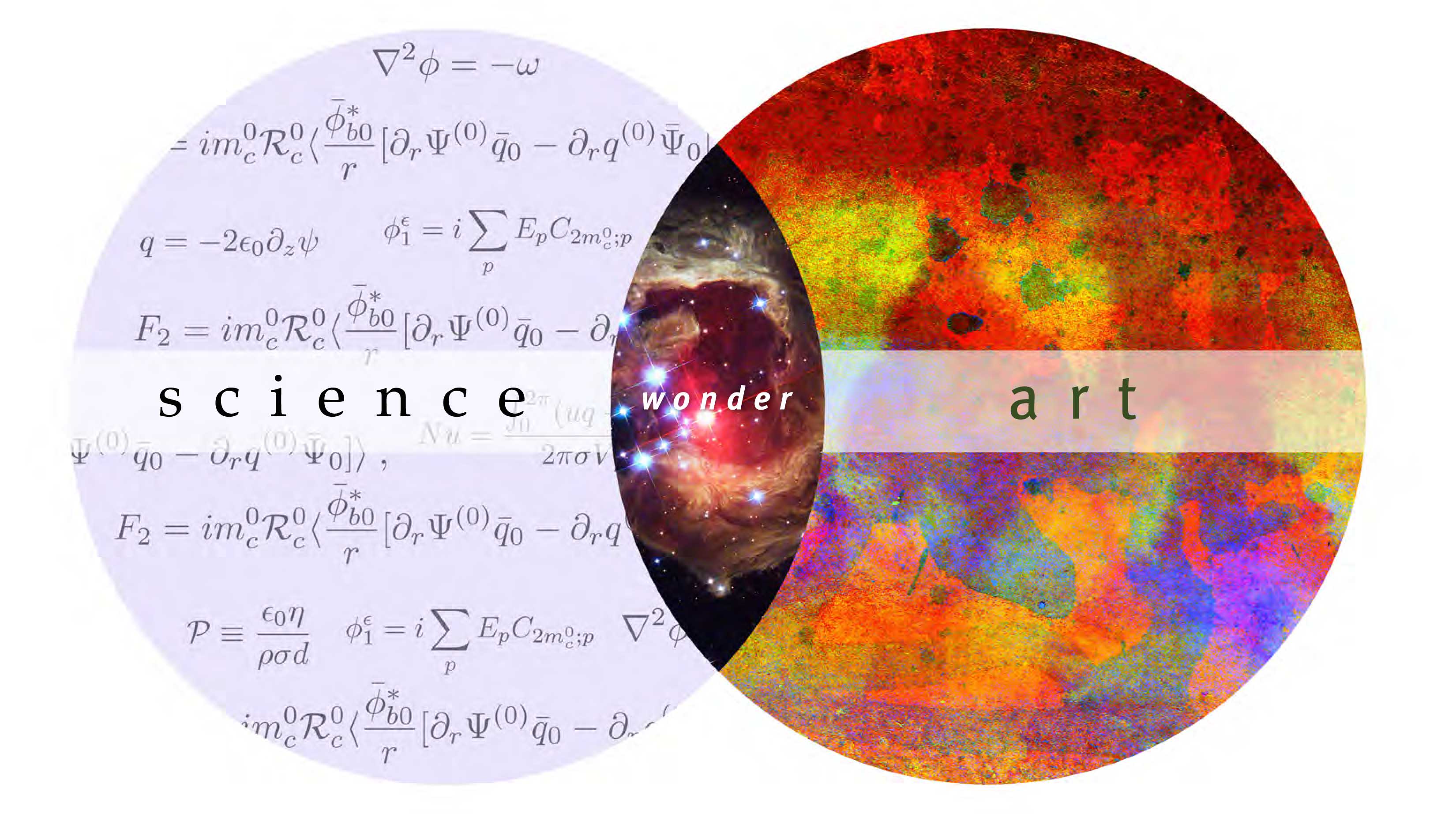This post is going to focus on the importance of having both an intellectual as well as an artistic outlet in ones life, and provide you with some great free resources that I have come across which will allow you to explore both facets. The first covers the left, analytical side of the brain, while the second covers the right, creative side of the brain.
A while ago, I was reading a book by Ed Catmull called Creativity, Inc. which described how Pixar was formed and how the company continues to strive for originality and creativity within their workforce to this day. I believe that creativity is seemingly underappreciated in today’s day and age, and the part that drew me to this book was how these incredibly intelligent people still strive to be creative within their work, to this day.

Physiologically, the brain is made up to two half’s, or a left- and right-hemisphere. There used to be theories revolving around the left- and right-hemispheres of a persons’ brain, and how they affected a persons’ ability to learn. During these studies, left-brained people were said to be more analytical and logical, while right-brained people were said to be more creative and free-thinking. There might not be a lot of scientific evidence to prove that a certain hemisphere is more dominant within a person, however, people do tend to align with their aptitudes.
This article by the NPR highlighted the fact that a combination of both sides of the brain are used at any given time. For instance, in mathematics, the right-hemisphere may be more dominant when counting numbers, but the left has a greater impact when identifying sequences. In effect, the brain is like any other muscle, if you spend time and train it – it will become better at a certain type of activity. A study by Harvard Health compared several papers and the underlying outcome was as follows:
If you’ve always thought of yourself as a “numbers person” or a creative sort, this research doesn’t change anything. But it’s probably inaccurate to link these traits to one side of your brain. We still don’t know a lot about what determines individual personality; but it seems unlikely that it’s the dominance of one side of the brain or the other that matters.
Creativity Versus Productivity
Regardless of the rationale behind the inner-workings of the human brain, it is important to have a creative outlet in ones life. This might not be relatable to everyone but maybe this excerpt from neat-nutrition sounds familiar:
Whatever our genetics, creativity is something we all enjoyed freely as young children, as we coloured outside of the lines and explored the possibilities of our imagination without the boundaries of self-doubt that creep in with age. Yet as we grow older, our teachers and parents began to encourage us to be more realistic, critiquing and discouraging wild imagination, or telling us that art is an impractical pursuit.
In today’s life, society seeks productivity over personal creativity as businesses see this as the only route to consumerism and money-making. A study conducted by Adobe on creativity showed that only one in four people believe they are living up to their own creative potential, while the remainder felt pressured to be productive rather than creative. This way of living has lead to a world that is headed for dissatisfaction as people are no longer focusing on striving to do what they enjoy, but rather on how to “get ahead”. While there is something to be said for being financially stable in a world that is constantly changing, it is almost an oxymoron that people want to be inventive and creative within the workplace but don’t see the value in doing it on a personal level.
This mindset makes it even more important for us to strive for a creative outlet within our lives, whether this is in the form of music, art, writing, photography or any number of outlets. And yes, creativity doesn’t always come easily. While there are people who find that artistic expression is part of their daily lives, I for one have to work at it. Why is this important? A study conducted by the American Journal of Public Health shows that people who have a creative outlet often show a reduction in stress, depression, and the time spent using creative energy can help reduce the risk of chronic disease.
The Free Stuff
Now that I’ve managed to lecture you on how the brain, how it potentially affects one’s personality, and the importance of having a creative outlet, lets’s get to the part that you most likely looked at this post for in the first place – the free resources. I hope that someone will find this, at the very least, interesting and maybe take some time to appreciate the artistic side of life as opposed to just feeding the analytical portion.
Science
When looking for sources on scientific papers, even though the sharing of knowledge is often what’s preached, profit margins are normally what businesses focus on instead. Sci-Hub is a website that I came across which tries to rectify this. How would this work? If you find a scientific article which requires a subscription or payment, you can look for the Digital Object Identifier (DOI) related to the paper as shown below:

Using that DOI, you can insert it into the search bar for Sci-Hub and, if it is in their records, it will retrieve the paper for you to view for free:

This might not work for all scientific papers, I’m assuming it will only be on the ones that they have managed to obtain – but it seems like they have a fair amount in their databases. Full disclosure, what the website is doing might not be super legal and they have been taken to court several times.
Another method which can be used that is not really heard of is this:
You can always email the author of the academic paper that you are attempting to access and they might send you a copy of the paper for free. The authors do not make commission off of the websites that host their academic papers, so sending you free copies does not impact them at all – and it enables more people to read their research.
Art
Science and art are often regarded as distinct – either a person can only be serious about one or an interest in one must relate to work in the other. In reality, studies show that many scientists participate in and produce art at all levels and in every medium. Additionally, this article shows many ways that artists can draw from science as a muse.
From an artistic perspective, there are many ways in which you can engage your creative mind. Many people believe that art draws us closer to understanding the divine which can be seen in the intricate artistic designs displayed in cathedrals and museums around the world. One of the most iconic is The Creation of Adam by Michelangelo:

In an ideal world, one would be able to view these feats in person. However, regardless of the ongoing pandemic, this would not be possible for the majority of mankind. In order to counteract this dilemma, several museums have opened up free virtual tours in order to allow people to view their art and their exhibits. These museums provide you with a means to view some spectacular pieces of art and historical artefacts from the comfort of your home. The museums include:
- The Louvre
- The Solomon R. Guggenheim Museum
- The National Museum of Natural History
- The Metropolitan Museum of Art
- NASA
- and several others
This link provides you with a list of 12 museums which have free online tours.
Ending Thoughts
Now why am I writing about all of this? The world is slowly going to be returning to normal after the Covid-19 pandemic, and while that is fantastic for businesses, people are going to very easily fall back into their usual routine. And while they may have taken time during the lockdowns to use creative/artistic outlets, it is unlikely that the majority will return to them when life returns “back to normal”. It is important to remember to take time for yourself and allow yourself to engage your creative/artistic side in the same way you allow yourself to “add value” to the world. Creativity has a cumulative effect which means that people have more satisfying and successful relationships, find more fulfilling careers, and live longer, healthier lives if they engage with that side of themselves.
